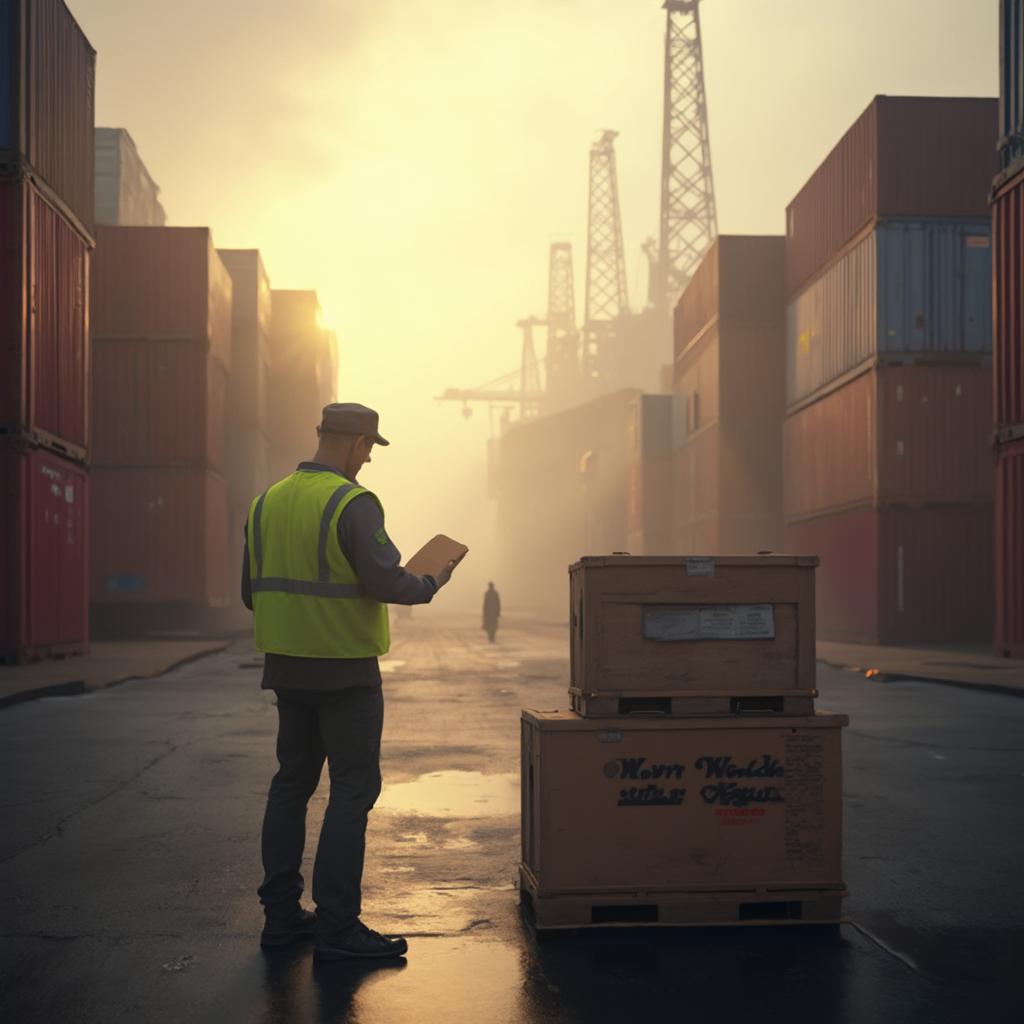
The U.S. is in the middle of a heated trade battle after President Trump slapped hefty tariffs on imports, prompting swift pushback from Canada, China, and Mexico. The move is raising concerns about price hikes and strained relationships between longtime trade partners.
Canada wasted no time firing back. Starting immediately, a 25% tariff will be applied to over $100 billion worth of American goods entering the country—everything from honey to clothes to toilet bowls. Prime Minister Justin Trudeau expressed disappointment, saying in a televised speech, “We don’t want to be here. We didn’t ask for this.”
China also joined the fray, announcing plans to take “corresponding countermeasures” to protect its interests. Additionally, it’s preparing to challenge the U.S. at the World Trade Organization. Meanwhile, Mexico’s President Claudia Sheinbaum revealed that her government is ready to roll out “Plan B,” which includes both tariff and non-tariff measures, if negotiations with the U.S. fall through.
President Trump’s new policy imposes a 25% tariff on all goods from Canada and Mexico, with a smaller 10% levy on Canadian energy and oil exports. Chinese goods will face a 10% tariff as well.
The trade war is already causing jitters, especially for industries relying on cross-border commerce. For example, the Ambassador Bridge between Canada and the U.S., which handles $400 billion in trade annually, could see major disruptions.
As tensions rise, businesses and consumers brace for the impact, wondering how far this clash will go and what it means for the global economy.
